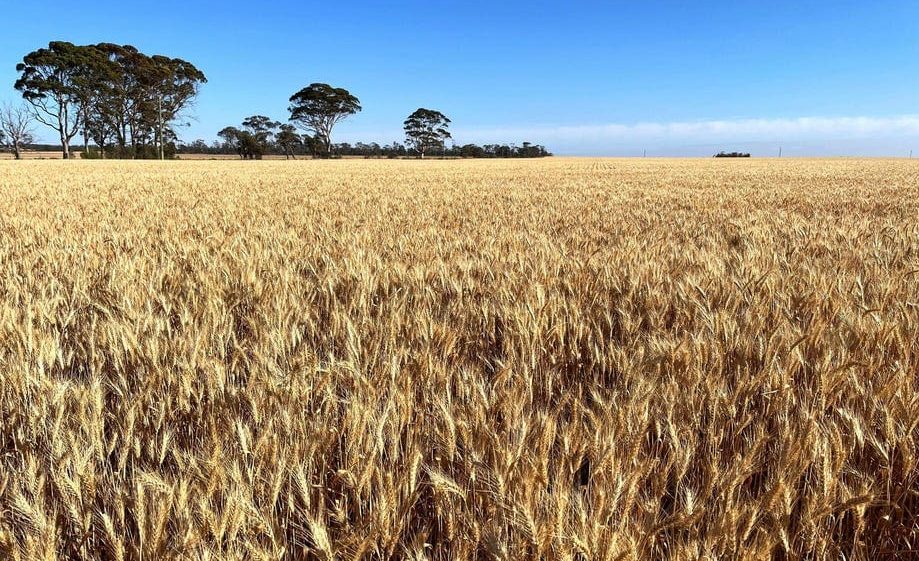
THE National Australia Bank Rural Commodities Index increased by 3.2 percent in April after slipping 5.7pc in March, with a lift in wheat prices the main reason for the strengthening.
The index shows which prices increased around 4pc on a month-on-month in monthly average terms after declining for five consecutive months.
NAB group economics associate director Lea Jurkovic said downgraded expectations of global wheat supply, particularly from Russia, helped support global prices.
“Canola and feed barley also saw price increases of around 4pc, while the price of malting barley remained flat,” Ms Jurkovic said.
A drop in fertiliser prices was a welcome development within one of the key months for planting winter crop.
“Fertiliser prices fell around 15pc month on month in April in monthly average terms
“Falls in the prices of urea, due to the falling price of ammonia, and diammonium phosphate drove the fall; the price of natural gas increased slightly.”
Domestic feedgrain prices increased about 2pc over April in April in monthly average terms, largely because of a rise in the feed wheat market.
Also in the domestic market, the price of sorghum increased, while barley fell, and oats traded sideways.
Prices for fruit, vegetables, lamb, and dairy also recorded increases in the month, while cattle prices rose around 0.7pc in monthly average terms.
“Trade lamb prices rose about 6.5pc month on month in April in monthly average terms, largely retracing their fall in March.”
After remaining relatively flat in March, cotton prices eased nearly 10pc in April in monthly average terms, but remained elevated relative to their decade average.
On the weather front, the Bureau of Meteorology reported national rainfall in April was 26oc below the long-term (1961-1990) average.
The El Niño event ended in April, leading to mixed seasonal conditions across the country, with the north and east experiencing above-average rainfall, while other regions had below-average rainfall.
From June to August, rainfall is expected to be above average for much of inland Australia.
“In the Australian economy, inflation continued to moderate in Q1 to 4pc year on year on the trimmed mean measure but came in slightly stronger than expected.”
The Reserve Bank of Australia left the cash rate unchanged at 4.35pc in May, as expected.
Source: NAB

HAVE YOUR SAY